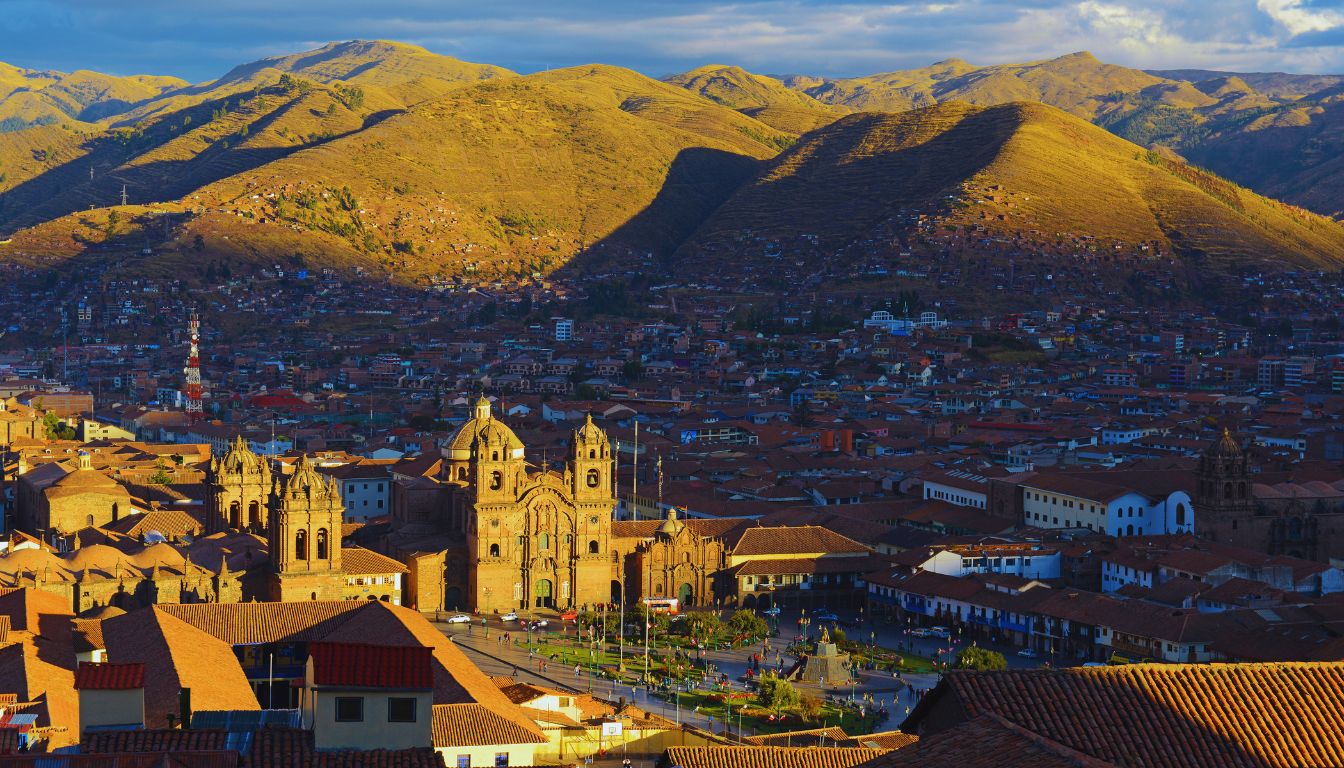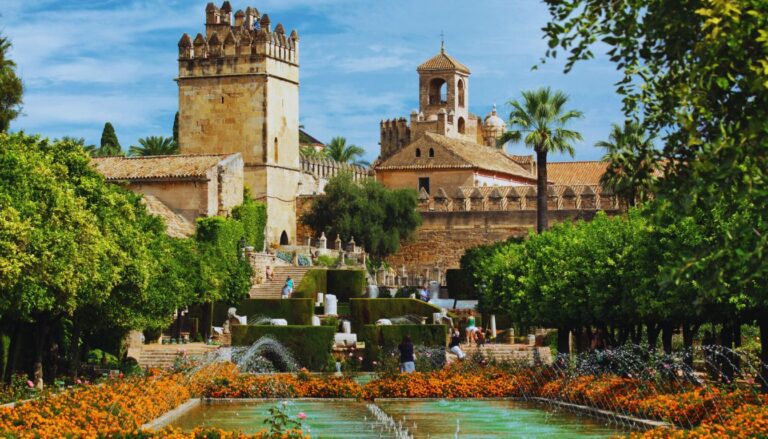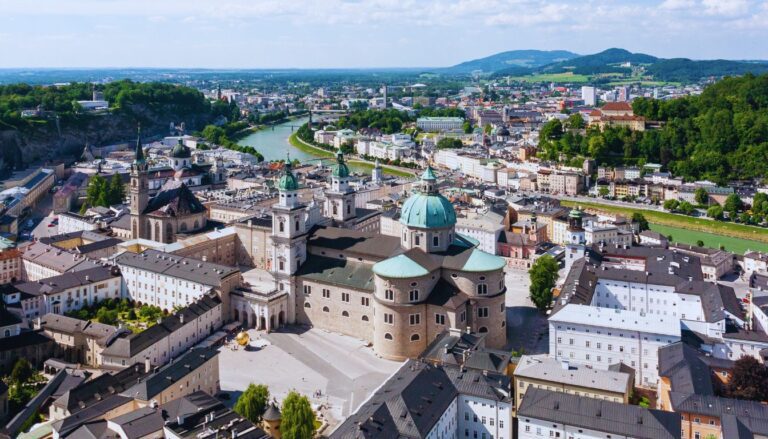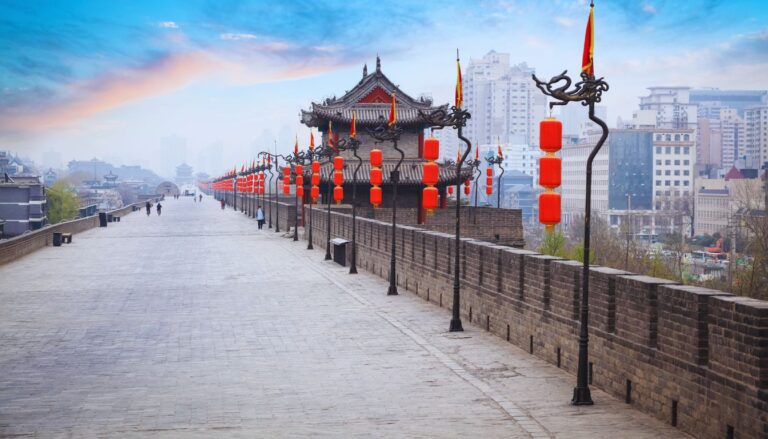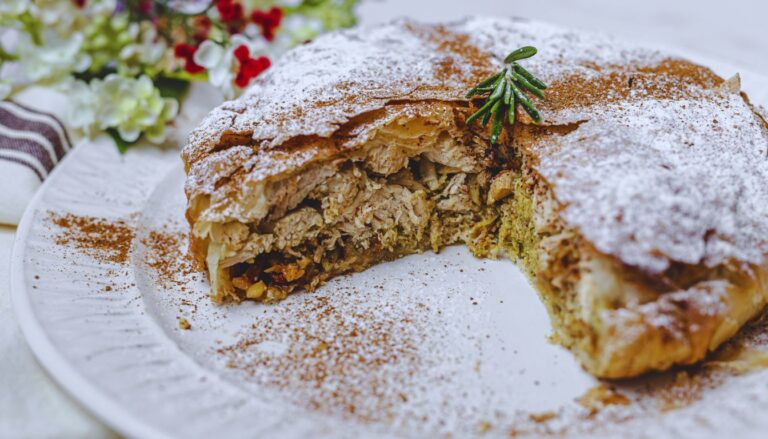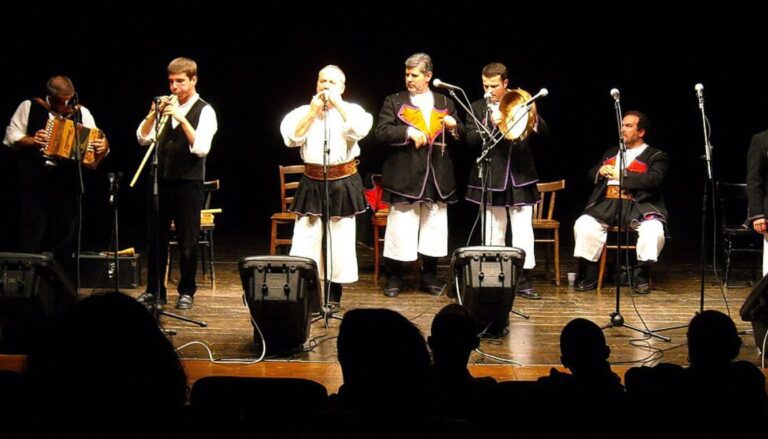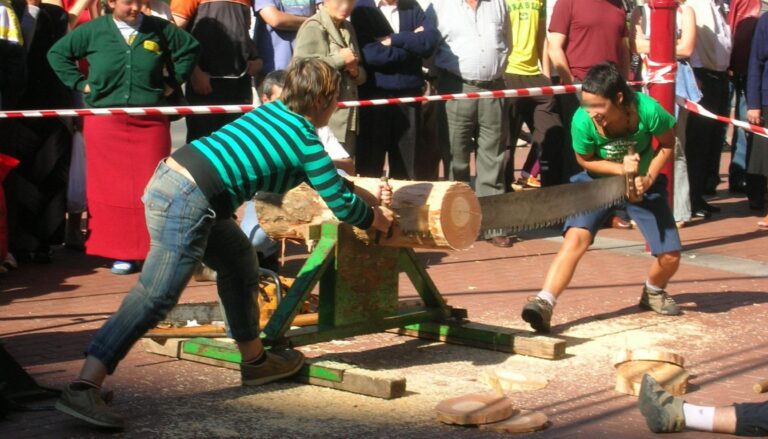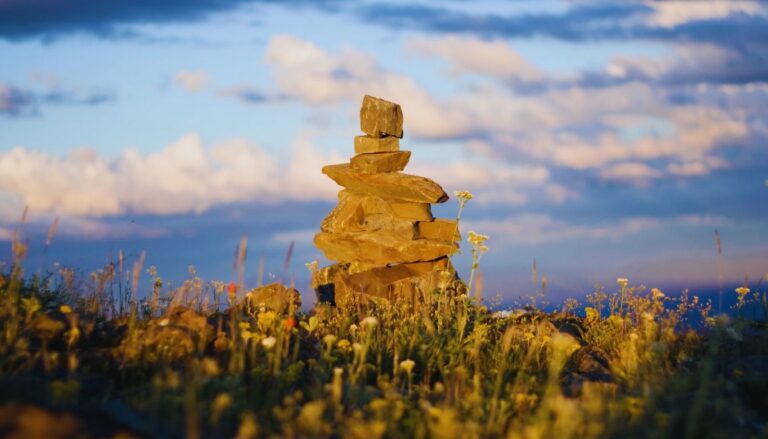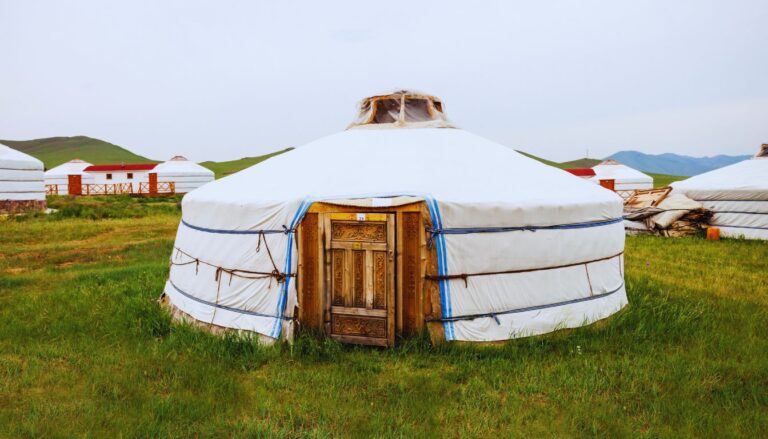Nestled high in the Andes Mountains of Peru, Cusco stands as a living testament to the enduring legacy of the Quechua culture. Once the capital of the mighty Inca Empire, this enchanting city now serves as a gateway to the rich traditions and customs of the indigenous Quechua people. Visitors from around the world flock to Cusco to immerse themselves in the vibrant tapestry of Andean life, where ancient wisdom and modern vitality intertwine.
Table of Contents
Best Places to Visit
- Plaza de Armas: The heart of Cusco, this historic square showcases stunning colonial architecture alongside Inca foundations.
- Sacsayhuamán: An impressive Inca fortress overlooking Cusco, featuring massive stone walls and panoramic views.
- San Blas neighborhood: Known for its narrow, winding streets and artisan workshops, this area embodies Quechua creativity.
- Qorikancha: Once the most important Inca temple, now partially covered by the Santo Domingo Church, symbolizing the fusion of cultures.
- Pisac Market: A colorful indigenous market where Quechua artisans sell traditional textiles, ceramics, and crafts.
Things to See and Do
Immerse yourself in Quechua culture through these authentic experiences:
- Participate in a traditional offering to Pachamama (Mother Earth) led by a local shaman.
- Learn to weave intricate Andean textiles using ancient techniques passed down through generations.
- Hike the Inca Trail to Machu Picchu, following in the footsteps of the Quechua ancestors.
- Attend the vibrant Inti Raymi festival, celebrating the Inca sun god during the winter solstice.
- Visit a Quechua community in the Sacred Valley to experience daily life and agricultural practices.
Best Time to Visit
The best time to experience Quechua culture in Cusco is during the dry season, from May to September. This period offers clear skies and comfortable temperatures, perfect for exploring outdoor sites and participating in festivals. June is particularly special, with the Inti Raymi celebration drawing visitors from around the world.
How to Get Around
- Walking is the best way to explore Cusco’s historic center and absorb the Quechua atmosphere.
- Local buses, known as “combis,” provide an authentic and affordable way to travel around the city.
- Taxis are readily available for longer distances or trips to nearby archaeological sites.
- For visits to remote Quechua communities, consider hiring a reputable tour guide with knowledge of local customs.
Where to Stay
- San Blas: Stay in charming boutique hotels that blend colonial and Quechua aesthetics.
- Centro Historico: Choose from a range of accommodations, from budget hostels to luxury hotels in restored colonial buildings.
- Sacred Valley: For a more immersive experience, opt for eco-lodges or homestays in traditional Quechua villages.
How to Stay Safe
While Cusco is generally safe for tourists, it’s important to take basic precautions:
- Be aware of altitude sickness and allow time to acclimatize upon arrival.
- Respect Quechua customs and ask permission before taking photographs of people or sacred sites.
- Use reputable tour operators for excursions to remote areas.
- Keep valuables secure and be cautious in crowded areas, especially markets.
Best Places to Book Your Trip
Planning your dream trip is easy with trusted travel platforms. To secure the best deals on flights, accommodations, and tours, check out:
- Booking.com: Offers a wide range of hotels, apartments, and hostels to suit every budget.
- GetYourGuide: Book unforgettable experiences like guided tours, cooking classes, and fast-track passes.
- Expedia: A great platform for bundling flights, hotels, and car rentals for a seamless booking experience.
- Skyscanner: Perfect for finding the best deals on flights.
Conclusion
The Quechua culture of Cusco offers a window into an ancient world that continues to thrive in the modern era. From the awe-inspiring ruins of Inca citadels to the vibrant traditions that color daily life, visitors are invited to explore a rich tapestry of history, spirituality, and natural beauty. By engaging respectfully with local communities and embracing the wisdom of the Andes, travelers can forge unforgettable connections and gain a deeper understanding of this remarkable indigenous heritage.

